| The Problem of Expansion Reading with Questions |
|---|
| www.studenthandouts.com ↣ American History ↣ American History Readings with Questions |
With the end of the Revolution, the United States again had to face the old unsolved Western question, the problem of expansion, with its complications of land, fur trade, Indians, settlement, and local government. Lured by the richest land yet found in the country, pioneers poured over the Appalachian Mountains and beyond. By 1775 the far-flung outposts scattered along the waterways had tens of thousands of settlers. Separated by mountain ranges and hundreds of kilometers from the centers of political authority in the East, the inhabitants established their own governments. Settlers from all the Tidewater states pressed on into the fertile river valleys, hardwood forests, and rolling prairies of the interior. By 1790 the population of the trans-Appalachian region numbered well over 120,000.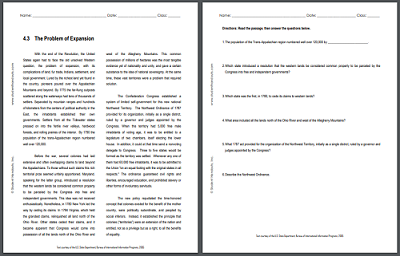 Before the war, several colonies had laid extensive and often overlapping claims to land beyond the Appalachians. To those without such claims this rich territorial prize seemed unfairly apportioned. Maryland, speaking for the latter group, introduced a resolution that the western lands be considered common property to be parceled by the Congress into free and independent governments. This idea was not received enthusiastically. Nonetheless, in 1780 New York led the way by ceding its claims. In 1784 Virginia, which held the grandest claims, relinquished all land north of the Ohio River. Other states ceded their claims, and it became apparent that Congress would come into possession of all the lands north of the Ohio River and west of the Allegheny Mountains. This common possession of millions of hectares was the most tangible evidence yet of nationality and unity, and gave a certain substance to the idea of national sovereignty. At the same time, these vast territories were a problem that required solution.
Before the war, several colonies had laid extensive and often overlapping claims to land beyond the Appalachians. To those without such claims this rich territorial prize seemed unfairly apportioned. Maryland, speaking for the latter group, introduced a resolution that the western lands be considered common property to be parceled by the Congress into free and independent governments. This idea was not received enthusiastically. Nonetheless, in 1780 New York led the way by ceding its claims. In 1784 Virginia, which held the grandest claims, relinquished all land north of the Ohio River. Other states ceded their claims, and it became apparent that Congress would come into possession of all the lands north of the Ohio River and west of the Allegheny Mountains. This common possession of millions of hectares was the most tangible evidence yet of nationality and unity, and gave a certain substance to the idea of national sovereignty. At the same time, these vast territories were a problem that required solution.The Confederation Congress established a system of limited self-government for this new national Northwest Territory. The Northwest Ordinance of 1787 provided for its organization, initially as a single district, ruled by a governor and judges appointed by the Congress. When this territory had 5,000 free male inhabitants of voting age, it was to be entitled to a legislature of two chambers, itself electing the lower house. In addition, it could at that time send a nonvoting delegate to Congress. Three to five states would be formed as the territory was settled. Whenever any one of them had 60,000 free inhabitants, it was to be admitted to the Union "on an equal footing with the original states in all respects." The ordinance guaranteed civil rights and liberties, encouraged education, and prohibited slavery or other forms of involuntary servitude. The new policy repudiated the time-honored concept that colonies existed for the benefit of the mother country, were politically subordinate, and peopled by social inferiors. Instead, it established the principle that colonies ("territories") were an extension of the nation and entitled, not as a privilege but as a right, to all the benefits of equality. Directions: Read the text above, then answer the questions below. 1. The population of the Trans-Appalachian region numbered well over 120,000 by _____. 2. Which state introduced a resolution that the western lands be considered common property to be parceled by the Congress into free and independent governments? 3. Which state was the first, in 1780, to cede its claims to western lands? 4. What area included all the lands north of the Ohio River and west of the Allegheny Mountains? 5. What 1787 act provided for the organization of the Northwest Territory, initially as a single district, ruled by a governor and judges appointed by the Congress? 6. Describe the Northwest Ordinance. Click here to print. |
 | 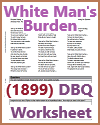 | 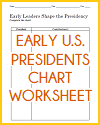 | 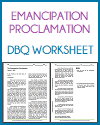 |  | 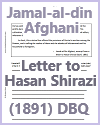 |
| www.studenthandouts.com ↣ American History ↣ American History Readings with Questions |








